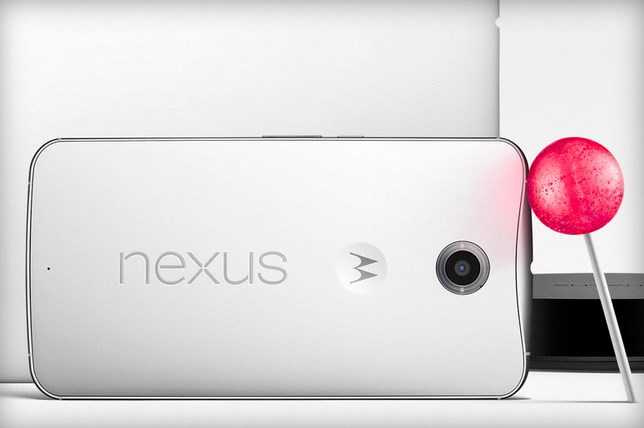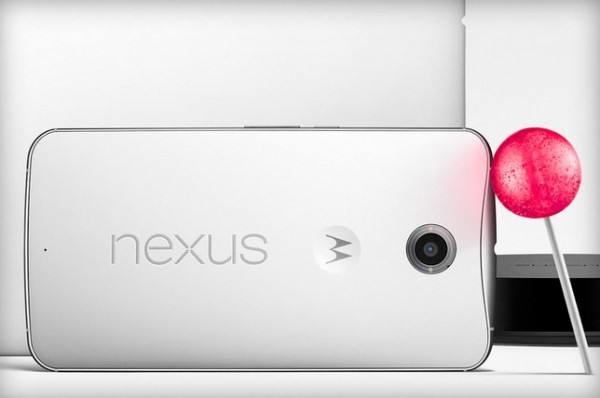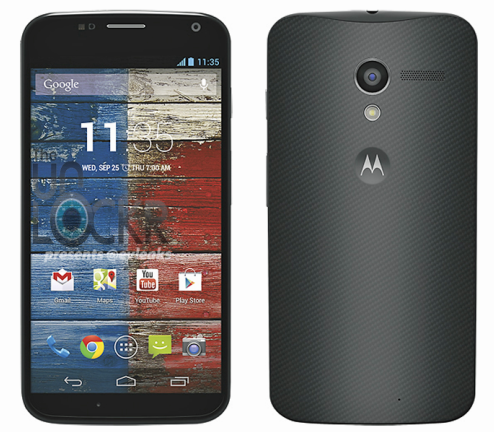Most of us are aware of the rather weird dimple on the back of the Nexus 6, but ex-Motorola CEO Dennis Woodside has revealed that it was meant to be a fingerprint sensor. This indicates that even Google considered incorporating the technology that was made popular by Apple.
Woodside said that the plan was scrapped because of the nature of the sensor. Unlike the ones on the recent Apple iPhones that only require users to touch and hold the sensor, the fingerprint sensor that the company was testing required a swiping motion like the one on the Samsung Galaxy S5, which isn’t as accurate as the former method.
The secret behind that (dimple) is that it was supposed to be fingerprint recognition, and Apple bought the best supplier. So the second best supplier was the only one available to everyone else in the industry and they weren’t there yet.
As Apple acquired the supplier that had the better touch-and-hold sensor for fingerprint recognition, the company basically ruined any other company from implementing a similar feature. Until other suppliers come up with a better method of fingerprint recognition, it seems Apple will have the upper-hand.
However, Motorola’s trademark dimple at the back of its smartphones has been there ever since the first-generation Moto X was unveiled back in 2013. Then again, Google had already acquired Motorola when the dimple was introduced, so Woodside’s claim is still very plausible.
If Google had gone through with the fingerprint sensor, it would mean that an official API for a fingerprint sensor would have been available on Android. This in turn would make it easier for other manufacturers to implement this feature; but alas, it is only a dream for now.
(Source: The Telegraph via Ars Technica)




